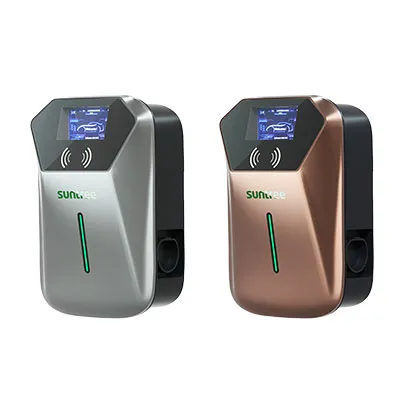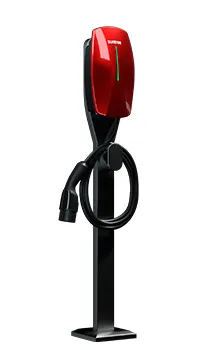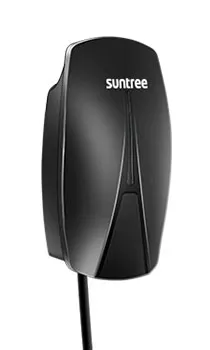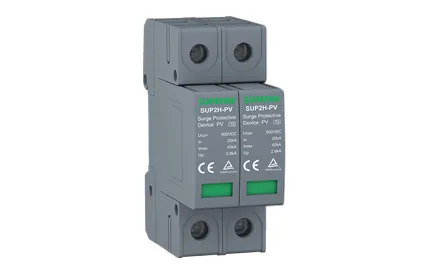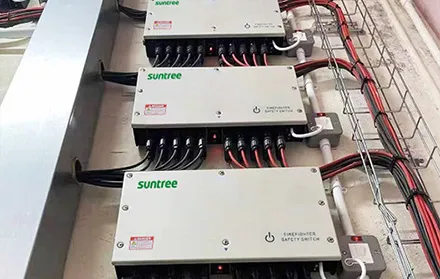What is a Rapid Shutdown Device?
In the rapidly growing world of solar energy, safety remains a top priority. As solar installations become more common on residential and commercial rooftops, understanding the components that keep these systems safe is crucial. One such critical component is the Rapid Shutdown Device (RSD). But what exactly is a rapid shutdown device, and why is it indispensable for modern solar setups? Let’s dive into the details, including a key player in the field: the PV Array Level Rapid Shutdown Switch.
Defining the Rapid Shutdown Device (RSD)
A Rapid Shutdown Device (RSD) is a safety mechanism designed to quickly de-energize the direct current (DC) side of a solar photovoltaic (PV) system during emergencies or maintenance. Unlike alternating current (AC) systems, which can be shut down at the main breaker, solar panels continue generating voltage even when disconnected from the grid—posing risks to firefighters, technicians, and homeowners.
An RSD addresses this by cutting off DC power flow from the PV modules to the inverter within seconds of activation. This reduces the voltage in the system to safe levels (typically below 30 volts DC), minimizing electrocution hazards and making emergency response or repairs safer.
Why Are Rapid Shutdown Devices Mandatory?
Safety regulations worldwide, such as the U.S. National Electrical Code (NEC) 690.12 and the International Electrotechnical Commission (IEC) standards, mandate rapid shutdown capabilities for solar systems. These codes were developed in response to incidents where first responders faced live wires during fires, even after the grid was disconnected.
Compliance with these standards is not just a legal requirement—it’s a commitment to protecting lives. Without an RSD, a solar array could remain energized for hours, turning a manageable emergency into a life-threatening situation.
How Does a Rapid Shutdown Device Work?
Rapid shutdown devices operate through a coordinated system of sensors, switches, and communication tools. Here’s a simplified breakdown of their functionality:
- 1. Activation Trigger: The RSD can be activated manually (via a switch) or automatically (e.g., when a fire alarm triggers, or the inverter detects a fault).
- 2. Signal Transmission: The shutdown signal travels to devices installed at key points in the PV system, such as combiner boxes or module-level electronics.
- 3. De-energization: Upon receiving the signal, the RSD cuts off the DC current, reducing voltage in the array to safe levels within the required timeframe (often 10 seconds or less, per NEC standards).
This process ensures that even in large-scale solar installations, the system can be neutralized quickly, regardless of weather or grid conditions.
Spotlight: PV Array Level Rapid Shutdown Switch
A critical component of many rapid shutdown systems is the PV Array Level Rapid Shutdown Switch. As the name suggests, this device is installed at the array level—meaning it controls the power flow from an entire solar array (a group of interconnected panels) rather than individual modules or strings.
Key Benefits of PV Array Level Switches:
- Scalability: Ideal for medium to large solar installations, where controlling entire arrays simplifies system design and reduces complexity.
- Cost-Effectiveness: By managing multiple panels at once, these switches lower the number of devices needed compared to module-level solutions.
- Reliability: Centralized control at the array level minimizes points of failure, ensuring consistent performance during emergencies.
PV array level switches work in tandem with inverters and monitoring systems, ensuring seamless communication when a shutdown is triggered. They are particularly valuable in commercial rooftops, ground-mounted solar farms, and community solar projects, where efficiency and safety are equally critical.
Choosing the Right Rapid Shutdown Device
When selecting an RSD for your solar system, consider the following factors:
- Compliance: Ensure the device meets local codes (e.g., NEC 690.12, IEC 61730) and is certified by reputable bodies (UL, TÜV).
- Compatibility: Verify that the RSD works with your PV modules, inverter, and monitoring software.
- Response Time: Look for devices that de-energize the system in under 10 seconds to meet strict safety standards.
- Durability: Opt for weather-resistant models designed to withstand harsh outdoor conditions (extreme temperatures, moisture, UV exposure).
- Integration: Choose switches that integrate with smart home or building management systems for remote monitoring and control.
For larger installations, pairing a PV Array Level Rapid Shutdown Switch with complementary module-level devices (where needed) can create a layered safety system that balances efficiency and precision.
Conclusion: Safety Starts with Rapid Shutdown
In the solar industry, innovation and safety go hand in hand. A Rapid Shutdown Device is not just a regulatory checkbox—it’s a lifeline for first responders, technicians, and anyone interacting with a solar system. By understanding how these devices work, and the role of components like the PV Array Level Rapid Shutdown Switch, you can ensure your solar installation is both high-performing and safe.
Whether you’re a homeowner, installer, or project developer, investing in a reliable rapid shutdown system protects your investment, complies with laws, and—most importantly—saves lives.



